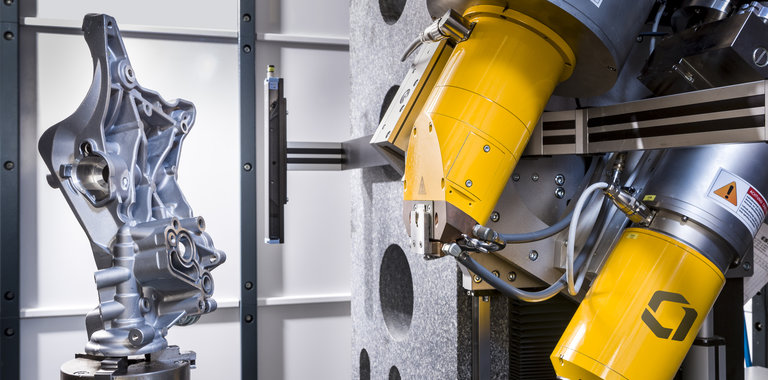Image
Image

Eyebrow
Blog
How do I handle and store unexposed radiographic film?
In this article:
- Proper Storage Conditions Preserve Film Quality: Unexposed radiographic film must be stored in a cool, dry, and dark environment—ideally below 24°C and under 60% relative humidity—to prevent fogging and degradation
- Avoid Exposure to Radiation and Chemicals: Films should be kept away from ionizing radiation, chemical vapors, and processing areas to maintain their sensitivity and ensure accurate imaging results
- Use Original Packaging for Protection: Keeping films in their original, light-tight packaging helps shield them from light leaks and environmental contaminants during storage and transport
- Vertical Storage Prevents Physical Damage: Films should be stored upright (on edge) rather than flat to avoid pressure marks, warping, or sticking, especially when stored for extended periods
- First-In, First-Out (FIFO) Rotation Ensures Freshness: Implementing a FIFO system helps ensure older film stock is used before its expiration date, maintaining consistent radiographic quality
How do I handle and store unexposed radiographic film?
The conditions under which unexposed films are handled and stored play a very important role in the final quality of the exposed film. Recommendations for handling and storage are contained in, for example, ASTM E1254. “Pre-exposure” as a result of background radiation must be avoided as it causes unacceptable fogging of the film.
If films are to be kept for a longer period, the following storage conditions must be adhered to:
- background radiation levels below 90 nGray
- temperatures below 24˚C
- relative humidity levels below 60 %
- away from X-ray film chemicals
- preferably stacked on edge
In the long run, minor fogging will occur to films stored. Background fog to a maximum density of 0.3 is considered acceptable.

